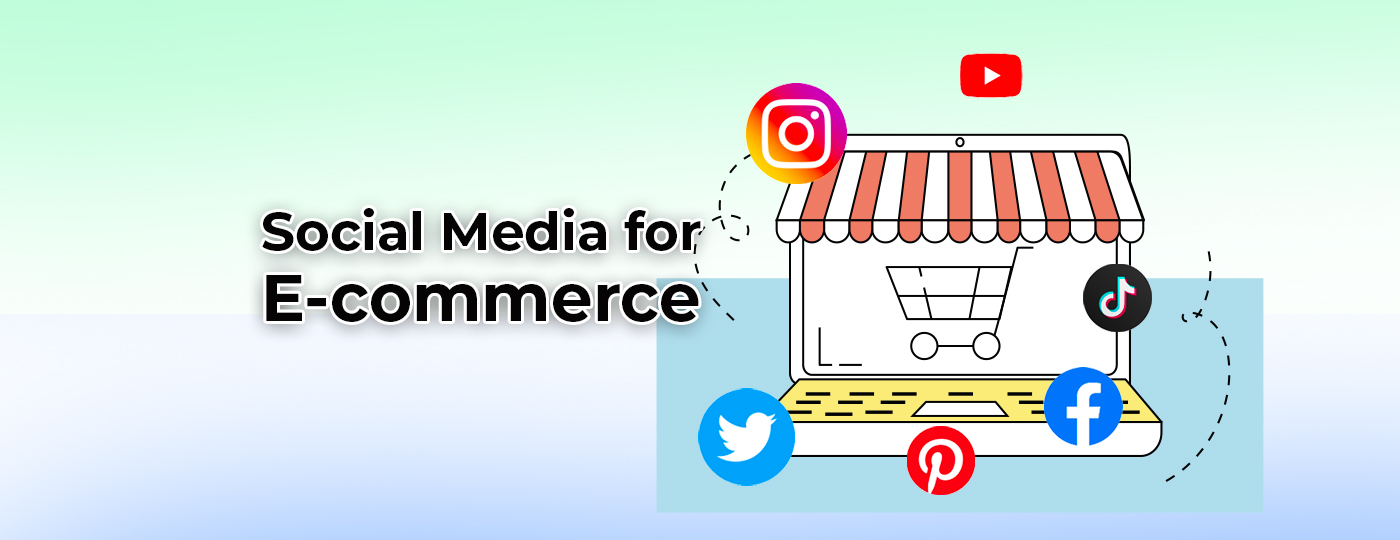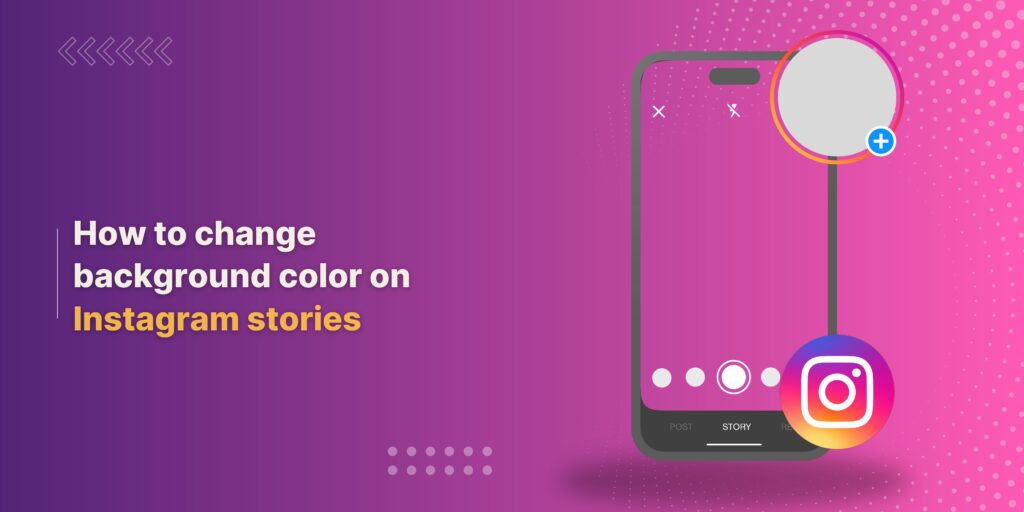In 2023, sales through social media platforms touched almost $1000 billion. That’s expected to shoot up to $2.9 trillion by 2026. What this means is, social media is the place to be for ecommerce brands.
Here’s more: 47 million new social users are added each month. Most users spend at least 150 minutes per day, on average, on social media. And many use multiple (at least four) social media platforms regularly. At the same time, social commerce is also exploding. 30% of internet users in the United States make purchases directly on social media.
That’s not all. China is, too, big on social commerce. Almost half of Chinese internet users shop through social platforms. Outside China, Facebook is the most popular social channel for purchases. Hot on its heels are Instagram, Pinterest, and TikTok.
Specifically, the main growth story in social ecommerce in recent times is TikTok. It has seen explosive growth in the last few years, surpassing 1 billion active users in 2021. As is Instagram, with a total potential ad reach of 1.44 billion.
All this translates into a massive opportunity for ecommerce marketers. And for all these reasons, a social media ecommerce strategy is essential to build brand awareness, communicate with customers, and generate more sales.
What is social media ecommerce marketing?
Social media ecommerce marketing is the practice of using social media to promote an online store by generating brand awareness, interest in products or services, and sales.
Salient features of social media eCommerce marketing
- Promoting and driving traffic to an ecommerce website or branded app.
- Selling products directly on social media
- Engaging with customers and prospects on social channels
- Providing pre- and post-sale support to customers
- Building an online social media community around your brand
Ways in which brands can use social media for ecommerce marketing
- To generate buzz for your brand and engage in conversations with your target audience.
- To successfully build brand awareness, create a consistent posting strategy with a unified voice and message.
- To build brand personality and values with an engagement driven messaging strategy.
- To speak to and build relationships with the right people who can influence your brand.
Last but not the least, to acknowledge and respond to feedback from customers.
What is advertising on social media ?
There’s no more powerful advertising channel out there today than social media. To advertise effectively on social media, you need to:

- Identify your target market and audience
- Create a compelling content strategy to speak to them
- Define your goals and Key Performance Indices (KPIs) for each channel
- Pick the ad types that align with your goals
- Specify the right conversion metrics
Select your goal to get started. Then define the type of ads and targeting you need. And then define how you’ll track success.
How to sell products directly on social media?
Currently, there are four social media apps with native built-in social selling capabilities:

Also, Twitter and Snapchat have partnered with Shopify to create social commerce tools of their own.
Prime benefits of using social commerce are:
- They’re easy to set up and operate
- They create memorable, interactive online shopping experiences
- They streamline the sales process
- They extend the places in which sales can happen
- They give you the ability to create live shopping experiences
Using social media for customer care and delight
No social media ecommerce strategy is complete without taking customer support into account. Social platforms are ideal for nurturing and supporting existing customers.
Customers may come to your profile to do any of the following:
- Find information
- Ask questions
- Give feedback
- Engage with your content
- Offer insights into what they want
Apart from providing a good customer experience, social presence is another reason to make sure your social profiles are interactive. Prospects will see public interactions with customers. This will impact whether they want to make a purchase and create relationships with your brand or brands.
Social media is great for social listening, which is essential
With the right tools, social media can be a data goldmine for your brand. Social listening is the process of scanning social media for mentions of your brand or relevant conversations.
Marketers across segments say social listening is a useful way to track and understand their customer needs. Not only that, it offers invaluable insights like:
- What products people love most
- Where recurring problems or issues might lie
- How people feel toward your brand
In a nutshell, social listening allows you to address issues, seize opportunities, and refine your message to meet market demands.
Things to do to optimize social media ecommerce
Here are some tips you can implement to help steer you in the right direction on social media.

- Showcase your personality
- Be authentic and interesting
- Collaborate and grow by working with relevant creators
- Engage influencers and partner with other brands
- Use video regularly, it is the most popular—and influential—content type of social media
- Encourage and enable user-generated content. This includes content like user reviews, product unboxings, or anything in which a customer uses or discusses an item they purchase
- Invite your customers to share pictures and videos featuring your products on social media
- Ask them to tag your brand. When they do, reshare the content to your own profile
- This tactic also has the added benefit of making customers feel connected with your brand
- It creates engagement, and shows that you hear and value your customers.
- Use social media management tools like Outfy to work smartly and more efficiently
- Ensure content and messaging is unified across all channels
- Schedule posts ahead of time
- Post early, and post often. That should be a mantra for any ecommerce brand starting out on social media
- Monitor, track and analyze performance. Then recalibrate your strategy, if required
Which social media channel should you use to build social commerce equity?
It all depends on your marketing and sales goals. TikTok is a game-changer for brand awareness. Instagram and Facebook are the leaders in social commerce and direct sales. Pinterest is perfect for lifestyle marketing. Together, all social platforms create an integrated and unbeatable web of opportunities for sales and marketing.






